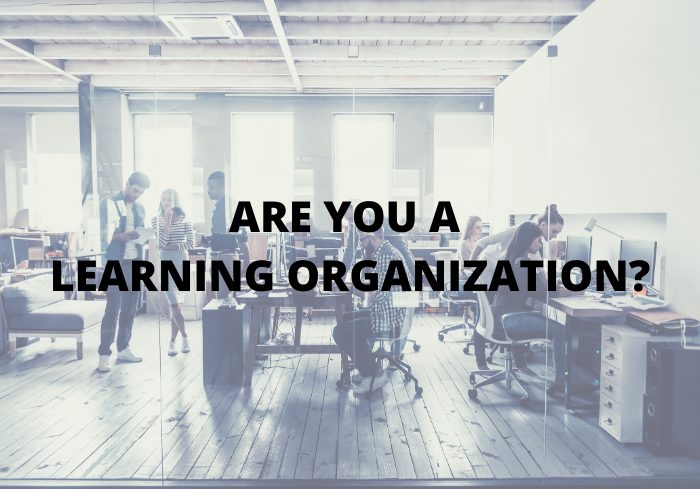Corporate mortality rates are on the rise. Is this only a symptom of a deeper problem that afflicts organizations causing some to perish and many to fail to live up to their potential? Are organizations institutionalizing mediocrity when excellence is a possibility? The concept of a learning organization isn’t new. In the 90’s, Peter Senge in his book, The Fifth Discipline, talked about learning disabilities of an organization and the impact it has. It is interesting that the words “whole” and “health” come from the same root (the Old English hal, as in “hale and hearty”). So it should come as no surprise that the unhealthiness of our learning today is in direct proportion to our inability to see it as a ‘whole’.
A holistic approach to learning requires a supportive learning environment that emphasizes psychological safety, an appreciation of differences, openness to new ideas and time for reflection. It requires fit for purpose concrete learning processes and practices including experimentation, creating, acquiring, interpreting, transferring, retaining and applying knowledge and a leadership team that actively promotes and reinforces learning.
 Organizations need to learn more than ever before! Each organization must become a learning organization if it has to survive, sustain and grow. A learning organization has a compelling vision of employees skilled at “Creating”, “Acquiring”, “Transferring” and “Applying” knowledge. Such learning organizations are more agile and have the ability to respond faster to changing environments compared to their competitors. As a result, they continuously deliver higher performance. They are quick to modify their behavior to respond to those new knowledge & insights based on changing business conditions. Such organizations experiment to develop and test new products and services; gather intelligence to keep track of current and emerging business trends, have a disciplined approach to analyze, interpret and solve business problems using new knowledge and insights. They are always looking for more efficient and effective ways to improve the capacity and capabilities of their employees.
Organizations need to learn more than ever before! Each organization must become a learning organization if it has to survive, sustain and grow. A learning organization has a compelling vision of employees skilled at “Creating”, “Acquiring”, “Transferring” and “Applying” knowledge. Such learning organizations are more agile and have the ability to respond faster to changing environments compared to their competitors. As a result, they continuously deliver higher performance. They are quick to modify their behavior to respond to those new knowledge & insights based on changing business conditions. Such organizations experiment to develop and test new products and services; gather intelligence to keep track of current and emerging business trends, have a disciplined approach to analyze, interpret and solve business problems using new knowledge and insights. They are always looking for more efficient and effective ways to improve the capacity and capabilities of their employees.
“The rate at which you and your employees learn may well become your only competitive sustainable advantage”
In today’s workplace, where constant and rapid change is necessary to remain competitive, the best strategy is to create multi-faceted and flexible learning eco-systems, educate the learner on being a smart consumer, set and maintain context, and get out of the learner’s way.
Learning fitness or learning health is your collective ‘abilities’ to perform. Organizations outperforming their competitors are seen to have a healthier learning ecosystem and are therefore:
- 11x more likely to improve the capability of the organization to solve problems
- 3x more likely to achieve benefits related to growth in the competitive climate
- 7x more likely to respond faster to changing business conditions
- 3x more likely to achieve overall productivity benefits including improved talent strategies
- 3x more likely to have improved sustainability and profitability including customer satisfaction
Early Warning Signs: Looking in the Mirror
It is not uncommon for an organization to exhibit early warning signs before deteriorating or dying. The key to optimal outcomes is recognition of these warning signs followed by an appropriate and timely response. Very often, the culmination of these signs shows up in lower engagement scores in which learning and development scores are unfavorable, ultimately leading to high attrition. Exit surveys consistently show that people leave organizations citing career advancement and development as a key reason. Research has evidenced that organizations that are recognized as ‘Best Employers’ offer differentiated career growth and learning opportunities to their employees. But yet again, many aren’t performing to their potential.
Measuring and managing your organizational learning health is critical. Many organizations are unaware of what’s broken and missing.
10 Signs you should watch out for:
- Managers play a passive-defensive role in encouraging their team members to be everyday learners or even more so discourage individuals and create barriers for them to be active learners. Such behaviors inhibit and impair learning, break employees’ spirit and demotivate them.
- Learning is primarily seen to be a compliance requirement and not driven by a culture of commitment, wherein the stick is only used to drive learner behaviors. Such an environment promotes behaviors where people act “out of fear” and not “out of performance”.
- Learners are not recognized and rewarded for learning new skills and knowledge.
- Leaders and managers do not show interest to understand and appreciate the concerns, fears or what is most meaningful to an individual.
- Leaders and managers do not invest their time in nurturing and developing talent
- Leaders and managers do not encourage holistic learning based on the wealth of knowledge in the universe but limit learning to role requirements.
- Organization operates with a deficit mindset and encourages learning only to fix weaknesses and not build on strengths.
- Leaders and Subject Matter Experts in the organization do not invest their time in continuously upgrading their own knowledge and skills.
- Individuals are not rewarded for their team behaviors wherein they contribute to how the team learns together as a group and helps others grow and develop.
- Leaders are not actively promoting the cause of learning and the learner. They are absent from most learning events themselves and do not role model the behaviors of an everyday learner – the desire to improve every day, be better, set higher standards for themselves.
Each of the building blocks of a learning organization is itself multidimensional and inter-connected. Individual elements respond to different forces. You can enhance the learning health of an organization in various ways, depending on which subcomponent you emphasize.



